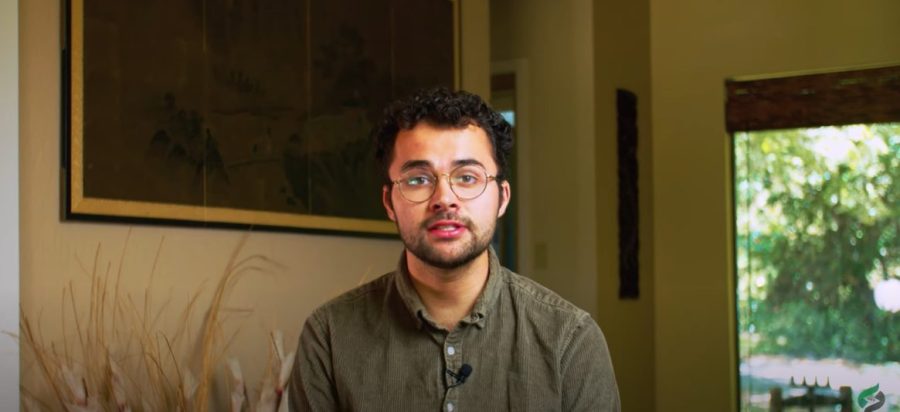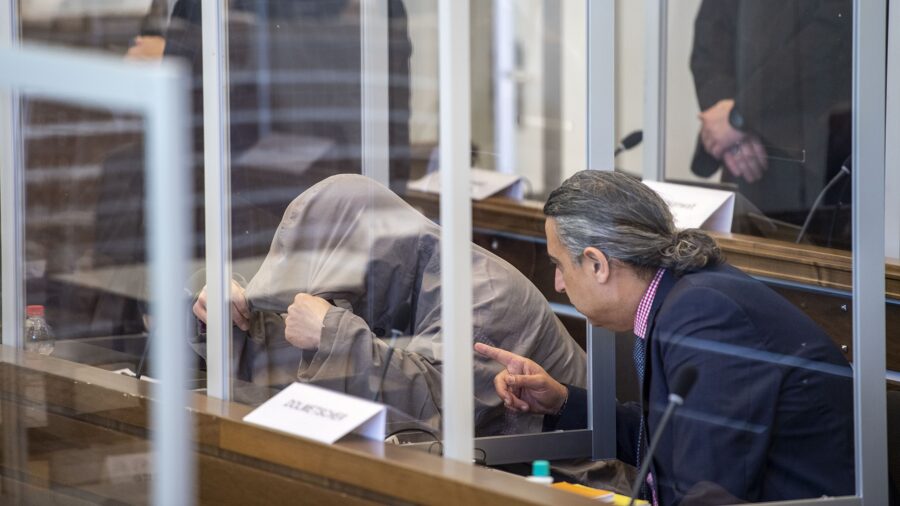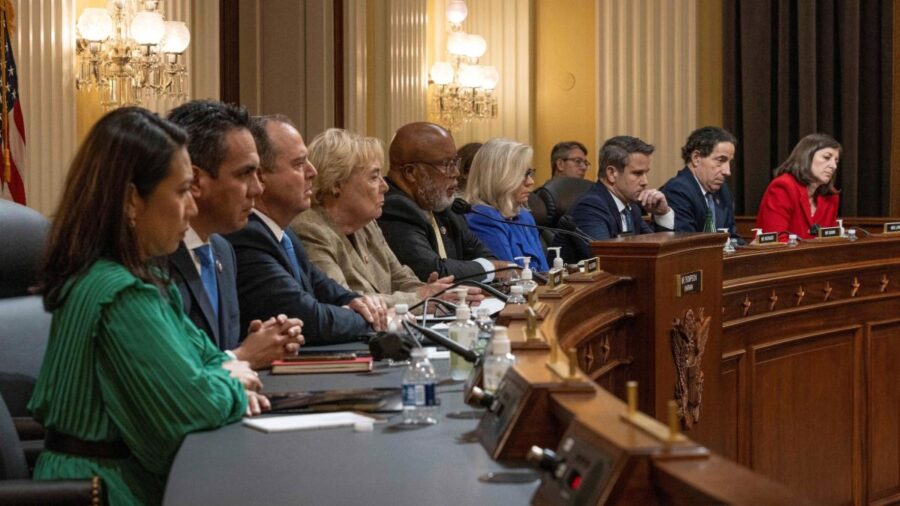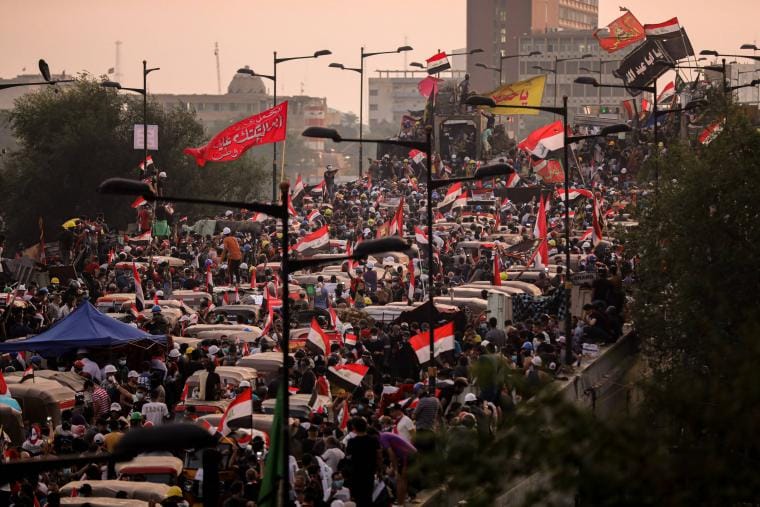he huge demonstrations that rocked Iraqi cities two years ago reverberate still, with the main grievances unaddressed. Protests could arise anew at any time, risking another lethal crackdown. The government should hold those who harmed protesters accountable and work to ensure clean elections in October.
What’s new? In October-December 2019, the largest protest movement in post-2003 Iraqi history unseated the government and forced parliament to adopt a new electoral law. Security forces and paramilitary groups loosely under state control killed more than 600 protesters during the uprising and have continued to target activists since then.
Why does it matter? The post-2003 political system faces a deep legitimacy crisis. Repression of dissent by successive governments and, increasingly, paramilitaries linked to political parties has discouraged reform and increased risks of civil strife, particularly in the predominantly Shiite south, an area suffering economic neglect exacerbated by low oil prices and the pandemic.
What should be done? The government should work to ensure the security of forthcoming elections in hopes that higher voter turnout inspires renewed faith in Iraq’s democratic polity. It should hold security forces accountable for violence against peaceful protesters, train riot police in crowd control and clear up chains of command involving paramilitary groups.
Executive Summary
In October 2019, mass demonstrations engulfed Baghdad and southern Iraq as citizens protested widespread corruption, unemployment and poor public services. The Tishreen (October) uprising, driven by youth, became the largest and longest-lasting social movement since 2003. State security forces and paramilitary groups harshly suppressed peaceful dissent on numerous occasions, leaving some 600 protesters dead and over 20,000 injured in the first six months. The turmoil forced Prime Minister Adil Abdul-Mahdi to resign; in May 2020, ex-intelligence chief Mustafa al-Kadhimi took his place. But despite Kadhimi’s declared tolerance for peaceful protest, his tenure has been marked by continuous repression, often carried out by groups tied to the state, acting autonomously. Violence could escalate ahead of parliamentary elections scheduled for October 2021. The Kadhimi government should take steps to ensure that the elections will be safe and fair. It should also pursue accountability for state-affiliated armed actors responsible for causing deaths and injuries during the protests.
Besides its scale, four main features of the 2019-2020 protest wave stand out. First, while Iraq’s post-2003 governments have used force to quell anti-government unrest since 2011, the reaction has never been so severe as it was on this occasion. The post-2003 political system’s legitimacy crisis that fuelled protests in the past was compounded when state coercive institutions joined forces with paramilitary groups following the war with the Islamic State (ISIS), which ended in 2017. From that moment on, paramilitaries linked to the al-Hashd al-Shaabi (Popular Mobilisation) began to converge – but only partially – with state security institutions, especially the interior ministry, while engaging in predatory economic behaviour. Their presence helped precipitate the brutal response to protests, while shielding the perpetrators from accountability, as no one could be sure who was swinging the club or who had given the order.
Secondly, the Tishreen uprising exposed an unusual, though not unprecedented, intra-Shiite rift. Whereas earlier post-2003 violence in Iraq had primarily pitted Sunnis against Shiites, Arabs against Kurds or the state against insurgents, these confrontations arrayed a Shiite Islamist-led state apparatus against the predominantly Shiite population in Baghdad and the south. It also involved Shiite political parties, paramilitaries and other armed groups that have long been at odds, especially the followers of Muqtada al-Sadr and others under the banner of the Hashd, some elements of which enjoy material support from Iran.
Thirdly, outside players exacerbated the standoff between protesters and security forces, with Iran choosing the side of the government and the Hashd, and the U.S. rhetorically backing the protesters, or at least their right to peaceful protest. Iran had a dual stake in the survival of both the political system that the protesters wished to see change and the Hashd paramilitary groups, having invested heavily in both. Many activists expressed anti-Iran sentiments, which fuelled the notion in government and Hashd circles that the U.S. was behind the unrest.
Fourthly, Iraq’s political class underestimated the conviction of the young people animating the growing mass movement, a formidable and autonomous political force that to a great extent refused to negotiate a way out of the crisis. In past protests, street activists have usually had links to either the Sadrist movement or the Iraqi Communist Party. By contrast, the Tishreen uprising evolved as a leaderless, youth-driven grassroots movement, at times joined and at other times opposed by the Sadrists. The authorities could not co-opt the protesters or reach a settlement with them.
By October 2020, however, the combination of repression and partial concessions, on top of assembly restrictions in response to the COVID-19 pandemic, had broken the protesters’ resolve, without addressing their main grievances. Since that time, Iraq’s ruling elites have fallen back on business as usual. Government promises to deliver justice for killed protesters remain largely unfulfilled, while legislators have resisted proposed reforms, including with respect to key aspects of electoral legislation. More generally, the government, along with its paramilitary tentacles, has done little to address its deep post-2003 legitimacy deficit.
Yet despite protest fatigue, the country has not returned to the status quo ante, certainly not from the street activists’ perspective. Demonstrations have continued sporadically in southern provinces as the country heads into legislative elections in October. As recently as 25 May, activists gathered in Baghdad and the south calling for accountability for their slain peers. A new eruption of protests – and both pre-emptive and retaliatory violence – could be a matter of time.
The next major test of Iraq’s shaky order is the approaching parliamentary elections in October, which must be perceived by Iraqis as relatively free and fair so as to stand any hope of restoring public confidence in the state and opening politics to wider participation. The government should consider deploying security forces drawn from the military, which command greater trust among the population than interior ministry units, in southern governorates, which have seen the most violence. This step could help limit threats against candidates’ campaigns and encourage voter turnout. In May, the UN Security Council adopted an important resolution that supports an extensive international observation mandate for Iraq’s elections, which should be supplemented with local observers. Iraq’s external partners should keep up pressure on the government to bring state-affiliated perpetrators of abuses during the protests to justice.
In the medium term, a newly elected government and parliament should formulate a comprehensive reform plan that speaks to the protest movement’s principal demands, with a priority on security sector reform, including training of riot police and streamlining of command and control within – and between – the interior ministry and the Hashd. These measures will reduce the risk of another violent crackdown if protests erupt again, as they most likely will as long as basic grievances remain unaddressed.






